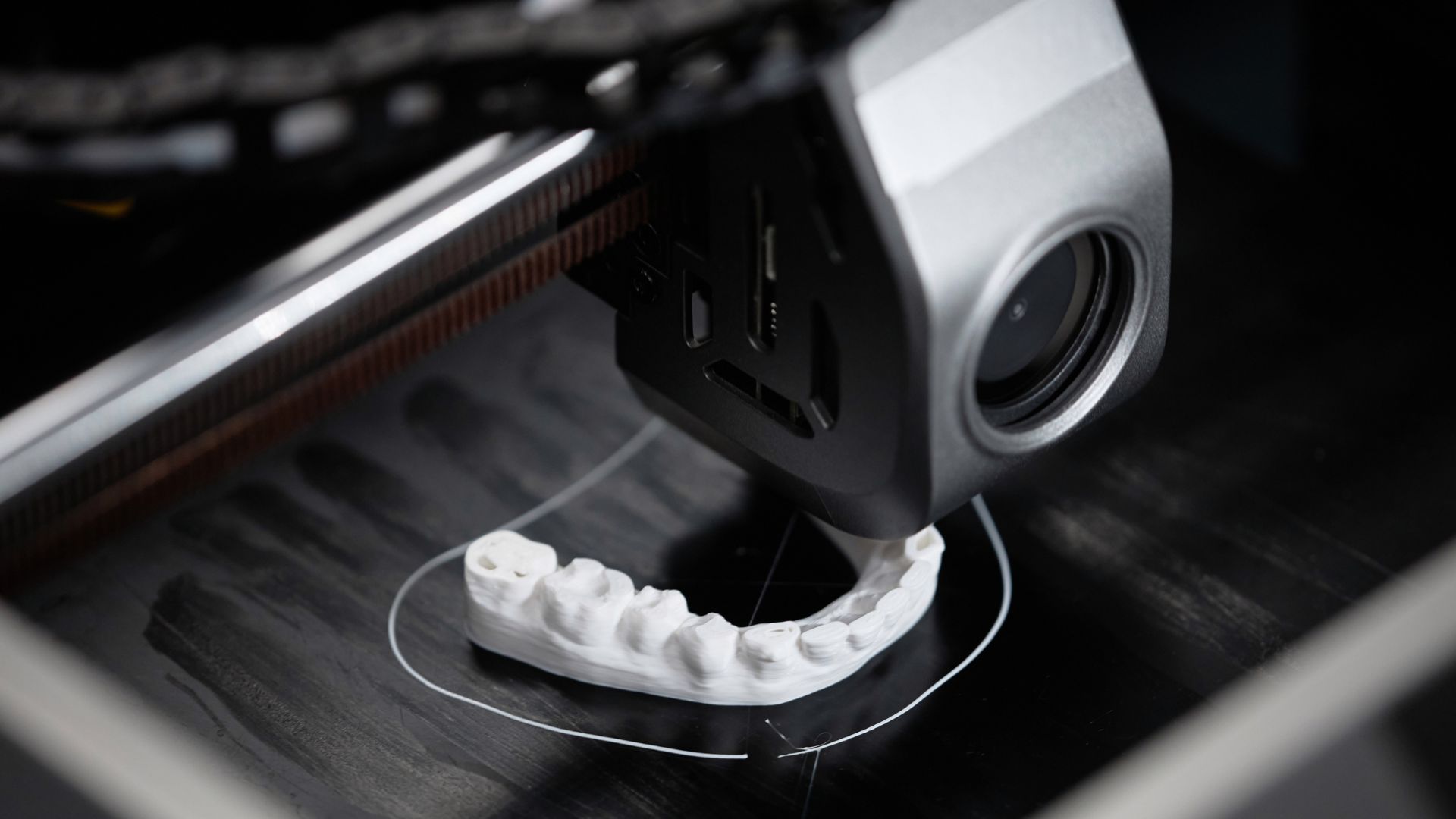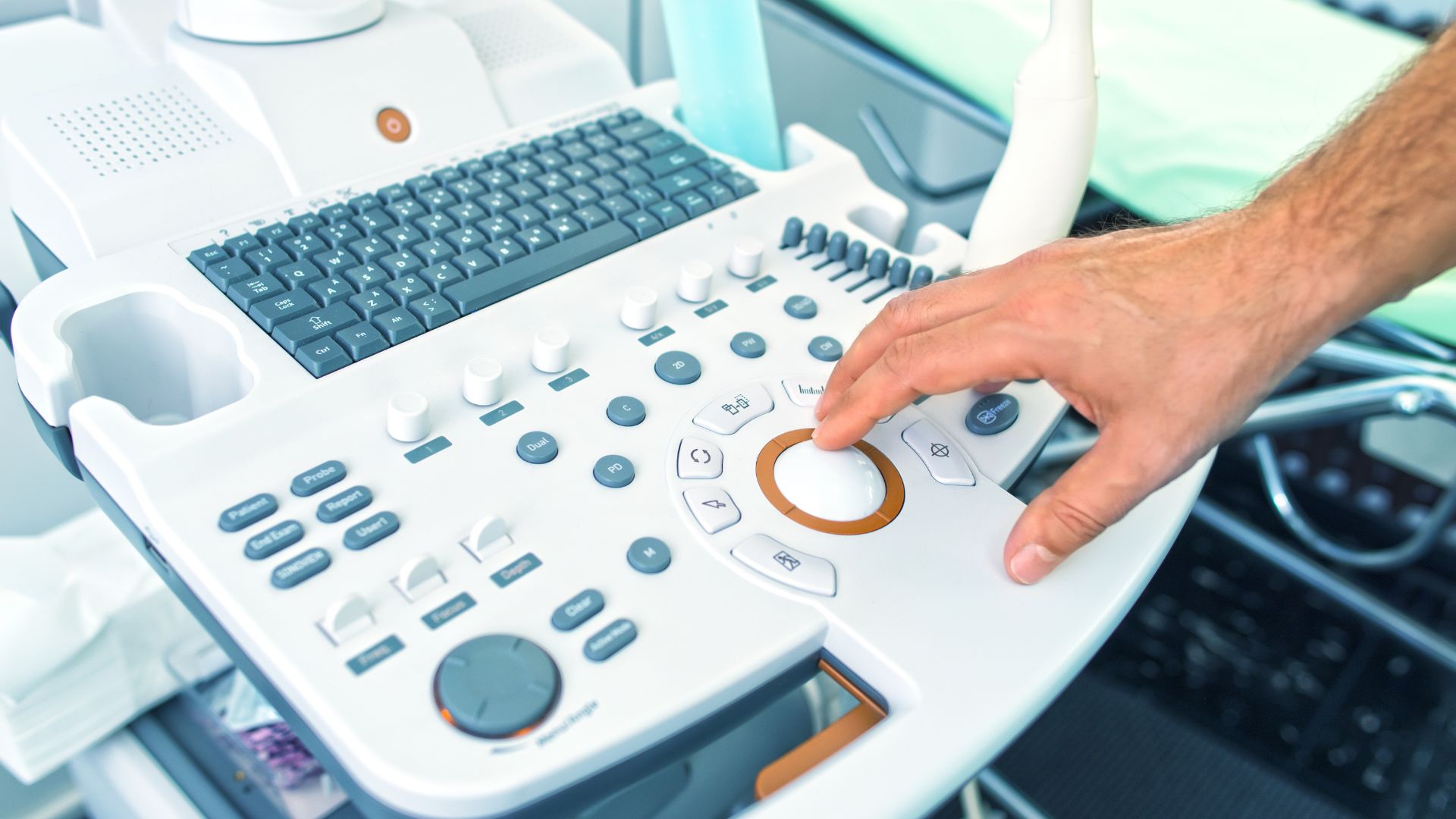Custom dental implants & prosthetics—including titanium & zirconia implants, crowns, bridges & full-arch prosthetics—are becoming increasingly common in modern dentistry. While these devices are often patient-specific, they are still considered medical devices by the FDA & require regulatory compliance. Manufacturers must ensure that their products meet classification, premarket submission & postmarket monitoring requirements to avoid Import Alerts, detentions & enforcement actions.
How the FDA Classifies Custom Dental Implants
Understanding the FDA’s classification system is essential to determining the proper regulatory pathway:
Device Classifications
- Class II (Moderate Risk): Includes prefabricated titanium & zirconia implants, abutments & bridges. These require 510(k) clearance to demonstrate equivalence to an FDA-cleared predicate device.
- Class III (High Risk): Covers custom implants incorporating new materials or biologics. These require Premarket Approval (PMA) due to increased risk & the need for clinical data.
- Exemptions: Some truly individualized custom devices may qualify under the Custom Device Exemption (CDE), but manufacturers must meet strict limits (e.g., five units per year) & reporting criteria.
Steps to Legally Market Custom Dental Implants in the US
To enter the US market, manufacturers must complete the following steps:
- Establishment Registration: Annual FDA registration is required for all manufacturers & importers.
- Medical Device Listing: Each implant or prosthetic must be listed under the registered facility.
- 510(k) vs. PMA Submission: Most implants require 510(k), but new materials or regenerative functions may trigger PMA.
- Biocompatibility Testing: Compliance with ISO 10993 ensures long-term safety.
- Sterility Validation: Sterile implants must meet FDA sterility standards.
Common Compliance Challenges & Solutions
Even experienced manufacturers can face regulatory hurdles. These case studies highlight the importance of accurate classification & documentation:
Case Study: Titanium Implant Supplier Detained Due to Missing 510(k) Clearance
A custom titanium implant manufacturer faced import detention after failing to secure 510(k) clearance. The company had to:
- Provide equivalence data linking its device to an approved predicate.
- Redo mechanical & biocompatibility testing.
- Work with consultants to prepare a compliant 510(k) submission.
Case Study: Custom Implant Manufacturer Misclassified as Exempt
A zirconia implant manufacturer misapplied the Custom Device Exemption. Producing more than five units annually triggered FDA enforcement:
- The company experienced launch delays & regulatory penalties.
- A 513(g) request was filed to clarify classification.
- Product listings were resubmitted & 510(k) clearance obtained.
Regulatory Considerations for Custom Implant Manufacturers
Key compliance areas to monitor:
- FDA User Fees: Required annually, with Small Business Fee Assistance available.
- Import Alerts: Repeated noncompliance may lead to automatic detention.
- Certificate to Foreign Government (CFG): Needed for exports.
- Health Canada Licensing: An MDEL may be required for Canadian expansion.
Maintaining Compliance After Market Entry
FDA approval is just the beginning. Ongoing obligations include:
- Electronic Medical Device Reporting (eMDR): All adverse events must be reported.
- FOIA Requests: Help benchmark similar product approvals.
- Medical Device Master File: Protects proprietary formulations & streamlines new submissions.
- Ongoing Regulatory Consulting: Keeps your compliance efforts aligned with evolving FDA policies.
Building a Strong Foundation for Regulatory Success
Bringing custom dental implants & prosthetics to the US market requires strategic planning, accurate classification & ongoing compliance. Manufacturers that stay proactive with documentation, testing, labeling & postmarket tracking avoid costly delays & gain a long-term competitive edge.








